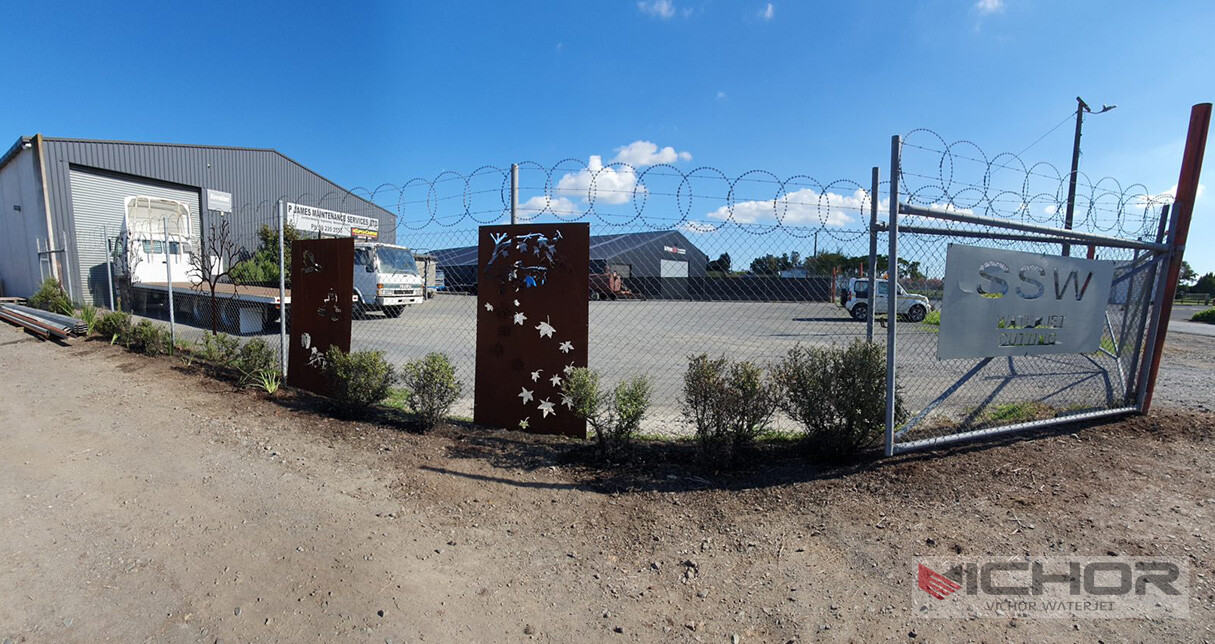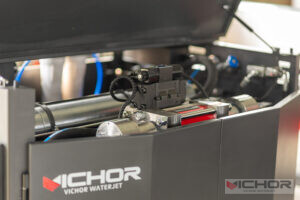
What Determines the Price of a Water Jet? A Transparent Breakdown
When investing in a water jet cutting system, the most common and pressing question is, “What is the price of a water jet?” The answer, however, is rarely a single number. The price of a water jet is a composite figure, influenced by a myriad of factors that define its capabilities, power, and overall value. Understanding these components is crucial for making an informed decision that aligns with your production needs and budget. This article delves into the core elements that shape the cost, explores the different tiers of investment, and addresses the most frequent queries potential buyers have.
Core Components That Shape the Price of a Water Jet
The final price of a water jet is not arbitrary; it is the sum of its parts and their respective technologies. Primarily, there are two main types of systems: pure water jets, used for softer materials like rubber and foam, and abrasive water jets, which can slice through metal, stone, and composites. The latter is more common in industrial settings and carries a higher cost. The key components influencing the price include:
The Pump: This is the heart of the system. The pump’s pressure rating, measured in PSI or MPa, is a primary cost driver. A 60,000 PSI pump will be significantly more expensive than a 40,000 PSI model, but it will also deliver faster cutting speeds and potentially a better edge quality on hard materials.
The Cutting Table: The table’s size, construction, and motion system define the work envelope and precision. A small, basic table is affordable, while a large, heavy-duty table with a robust gantry system for high-speed, accurate cutting over a wide area adds considerable cost.
The Abrasive Delivery System: For abrasive water jets, the method of storing and metering the abrasive (typically garnet) affects both performance and price. Advanced systems offer precise control and minimal waste, contributing to a higher initial investment but better long-term operating economics.
The Controller and Software: The computer numerical control (CNC) system and its accompanying software are the brains of the operation. User-friendly, powerful software with features like automatic taper compensation and nesting capabilities will influence the overall price of a water jet package.
Navigating the Initial Investment: From Entry-Level to Premium
The market for water jets is diverse, catering to different scales of operation. Consequently, the price of a water jet can be broadly categorized into three tiers.
Entry-Level and Tabletop Systems: These are compact, often lower-pressure systems designed for small workshops, sign makers, or research institutions. They typically have a smaller work area and may lack some of the advanced features of industrial models. The price of a water jet in this category is the most accessible, representing the starting point for many businesses.
Standard Industrial Systems: This is the most common category for manufacturing and fabrication shops. These systems feature robust pumps (often in the 55,000-90,000 PSI range), durable tables in standard sizes (e.g., 4’x4′ to 5’x10′), and comprehensive software. The price of a water jet here reflects a balance between performance, durability, and cost, designed for consistent, daily production.
High-Performance and Custom Systems: For heavy-duty applications requiring extreme precision, very large work envelopes (e.g., for cutting aerospace components or large stone slabs), or specialized materials, custom-configured systems are necessary. These may include multiple cutting heads, advanced water purification systems, and ultra-high-pressure pumps. The price of a water jet in this tier is the highest, justified by its specialized capabilities and enhanced productivity.
Beyond the Sticker Price: The Total Cost of Ownership
A critical mistake is to focus solely on the initial purchase price. The true financial commitment is the Total Cost of Ownership (TCO). A machine with a lower upfront cost might have significantly higher operating expenses, making it more expensive in the long run. Key TCO factors include:
Abrasive Consumption: Garnet abrasive is a primary consumable. The efficiency of the cutting head directly impacts how much abrasive is used per hour of operation. An inefficient system can consume costly abrasive at a surprising rate.
Power Consumption: The pump is the main energy user. Higher-pressure pumps generally consume more electricity. Evaluating the energy efficiency of different pump technologies is a wise financial step.
Maintenance and Spill Parts: Nozzles, focusing tubes, and high-pressure seals are wear items that require regular replacement. The cost and frequency of these parts vary between models and manufacturers.
Labor and Downtime: A machine that is easy to operate and maintain, with reliable uptime, saves on labor costs and prevents lost production. A cheaper machine that frequently breaks down can be a net loss for a business.
Key Factors That Directly Influence Your Final Quote
When you request a formal quote for a water jet, suppliers will evaluate your specific needs. Several application-specific factors will directly adjust the final price.
Required Cutting Speed and Accuracy: If your production demands high-speed cutting or tolerances within a few thousandths of an inch, you will need a more sophisticated (and costly) system with a high-performance pump and a rigid motion system.
Material Type and Thickness: Cutting through 12-inch-thick titanium is a different challenge than cutting 1-inch-thick aluminum. The former requires a more powerful pump and a more robust system, increasing the price of a water jet needed for the job.
Automation Requirements: Options like automatic height control (to maintain optimal nozzle distance), automatic abrasive loading, and material handling robots add significant cost but can drastically improve efficiency and reduce labor for high-volume operations.
Prospective buyers often have similar concerns. Here are answers to some of the most frequently asked questions.
Is a used water jet a good way to save money? A used system can offer substantial savings on the initial investment. However, it carries risks, such as unknown maintenance history, potential for hidden wear, and outdated technology. It is crucial to have a used machine thoroughly inspected and to ensure technical support and parts are still available.
What are the main hidden costs? Beyond the machine itself, buyers must budget for installation (which may require special electrical wiring and a reinforced floor), water conditioning systems, initial stocks of abrasive and spare parts, and operator training.
How does financing work for such equipment? Many suppliers and third-party financial institutions offer leasing or financing options. This can make acquiring a water jet more accessible by spreading the cost over monthly payments, which can often be offset by the revenue generated from the machine itself.
Can I get a system that grows with my business? Some manufacturers offer modular or scalable systems. You might start with a basic table and pump with the option to upgrade the table size or pump pressure later. This can be a strategic way to manage the initial price of a water jet while planning for future expansion.
In conclusion, the price of a water jet is a nuanced subject, deeply intertwined with the machine’s specifications, intended use, and long-term operational costs. By looking beyond the initial sticker price and carefully evaluating the core components, total cost of ownership, and your specific production requirements, you can make a strategic investment. The right water jet is not an expense but a powerful tool that drives innovation, efficiency, and profitability, paying for itself through the value it creates. A thorough understanding of all the cost factors is the first step toward selecting the perfect system for your needs.
continue reading
Related Posts
- 1371 words6.9 min read
- 1449 words7.3 min read



